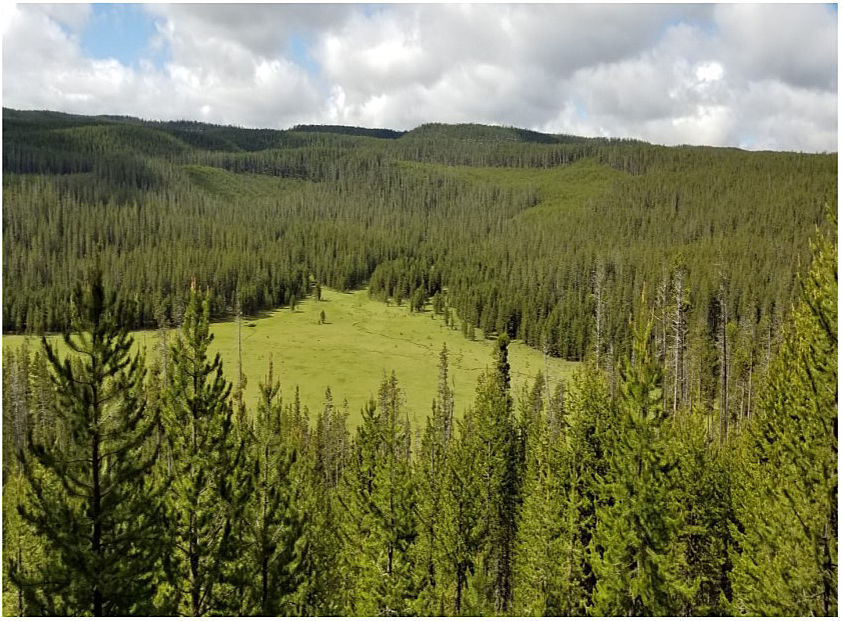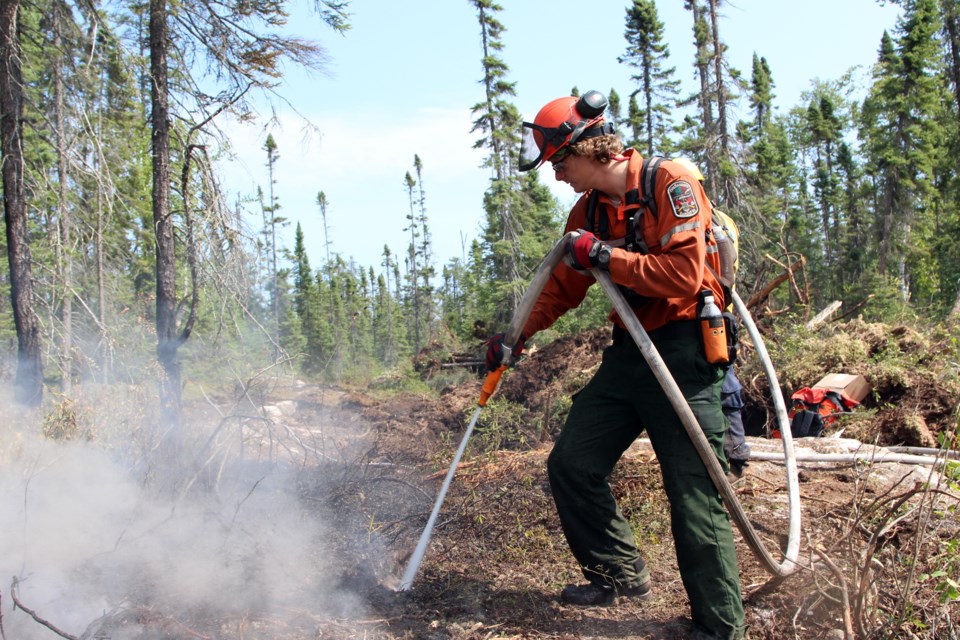 US Trade Representative Tai is under pressure from lawmakers & home builders to cut tariffs on lumber. In related news: most economists think the lumber price hike is a temporary quirk; few new sawmills are coming despite boom; BC supply constraints collide with insatiable demand; and surging prices beget forest poachers and work-site thieves, while some contractors opt for wood alternatives.
US Trade Representative Tai is under pressure from lawmakers & home builders to cut tariffs on lumber. In related news: most economists think the lumber price hike is a temporary quirk; few new sawmills are coming despite boom; BC supply constraints collide with insatiable demand; and surging prices beget forest poachers and work-site thieves, while some contractors opt for wood alternatives.
In Forestry news: FPAC pleads with feds to avoid government duplication; Ontario’s new environmental assessment rules head to court; ENGO’s say its a garage sale for the last of BC’s old-growth, BC First Nation tells Victoria to stay out of its business; and lessons learned from the Great Bear Rainforest initiative. Meanwhile, the USDA gears up for ‘dangerous‘ wildfire year, and fire season arrives in BC, Ontario and Oregon.
Finally, Rolling Stones’ Chuck Leavell celebrates Structurlam’s expansion to Arkansas.
Kelly McCloskey, Tree Frog Editor

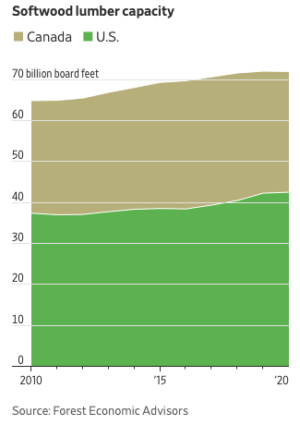 North America’s sawmills can’t keep up with demand, which has sent wood prices on a meteoric rise. Don’t expect new mills to start popping up though. Executives in the cyclical business of sawing logs into lumber said they… aren’t racing out to build new mills, which can cost hundreds of millions dollars and take two years to build. In doing so they are breaking with conventional wisdom in the commodities business, which states that the cure for high prices is high prices. …Mill companies including Weyerhaeuser and West Fraser have set nine-figure budgets to boost efficiency and output at their existing mills, particularly in the South where there is a glut of cheap pine timber. Some forest-products executives said they are considering acquisitions. But there aren’t many new mills on the drawing board. …US lumber-making capacity has risen about 11% over the past five years, according to FEA. [We respect the copyrights of the source publication – full access may require a subscription]
North America’s sawmills can’t keep up with demand, which has sent wood prices on a meteoric rise. Don’t expect new mills to start popping up though. Executives in the cyclical business of sawing logs into lumber said they… aren’t racing out to build new mills, which can cost hundreds of millions dollars and take two years to build. In doing so they are breaking with conventional wisdom in the commodities business, which states that the cure for high prices is high prices. …Mill companies including Weyerhaeuser and West Fraser have set nine-figure budgets to boost efficiency and output at their existing mills, particularly in the South where there is a glut of cheap pine timber. Some forest-products executives said they are considering acquisitions. But there aren’t many new mills on the drawing board. …US lumber-making capacity has risen about 11% over the past five years, according to FEA. [We respect the copyrights of the source publication – full access may require a subscription]
/cloudfront-us-east-1.images.arcpublishing.com/tgam/HR5U7TSBK5KJVK2ZPJZ7DU2AQM.jpg)
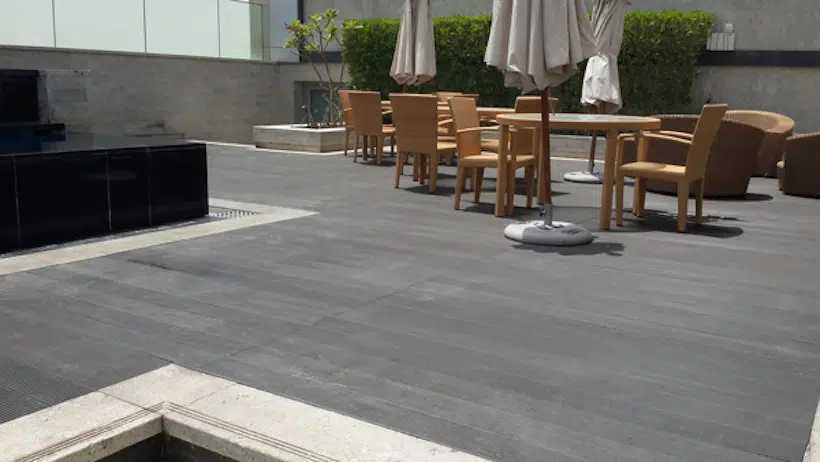




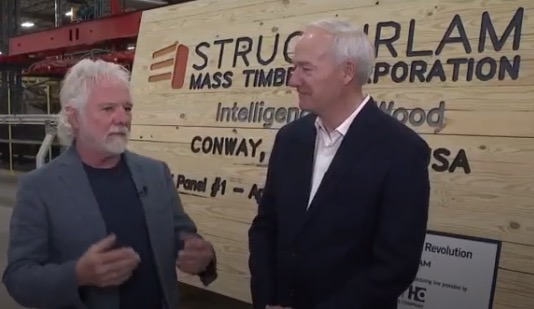 LITTLE ROCK —
LITTLE ROCK — 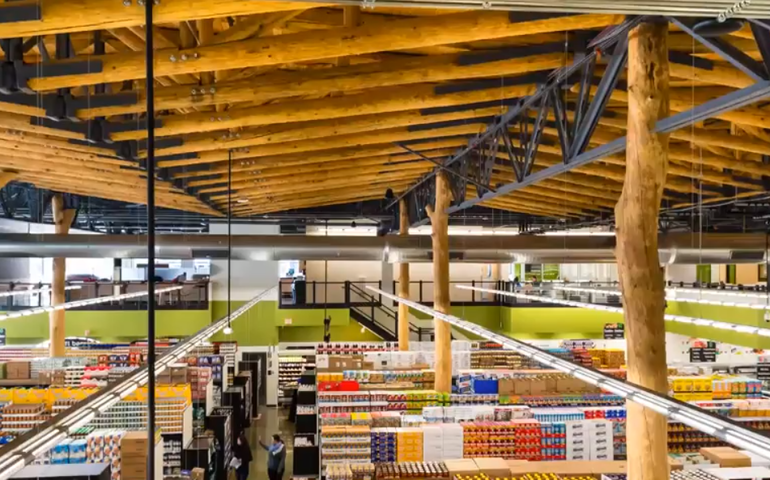
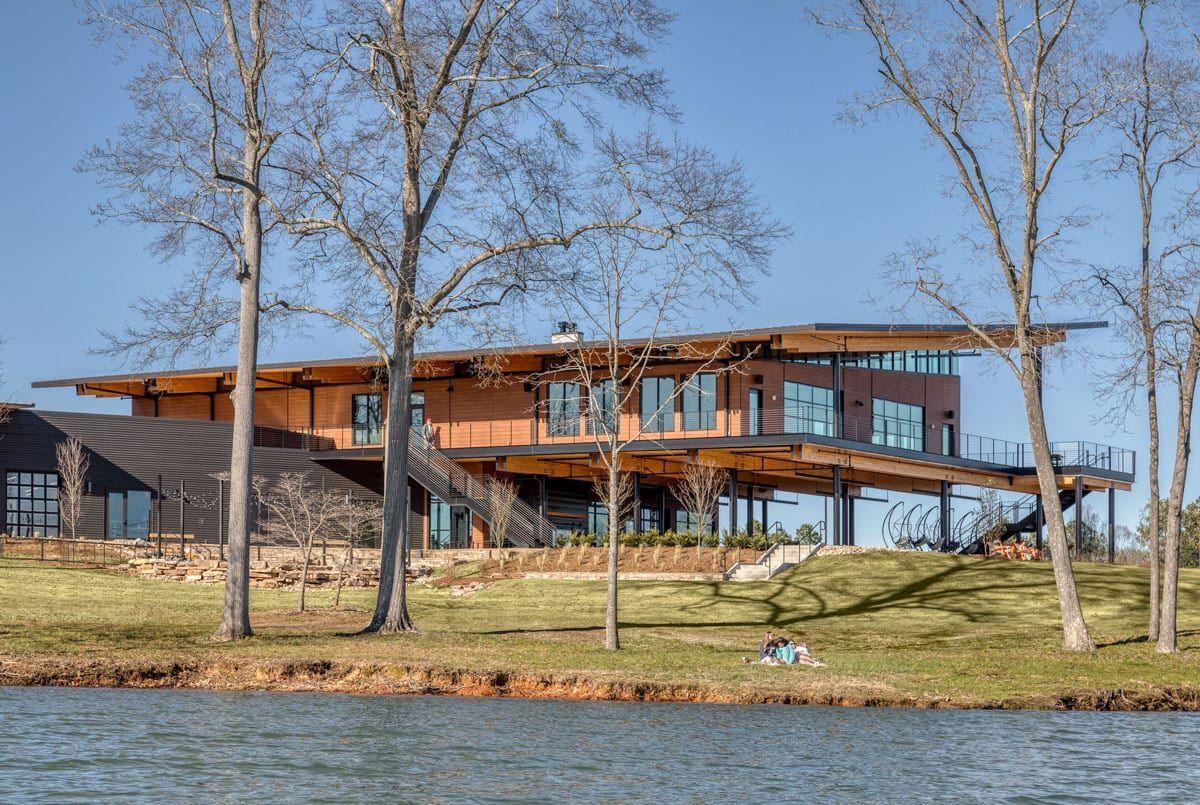

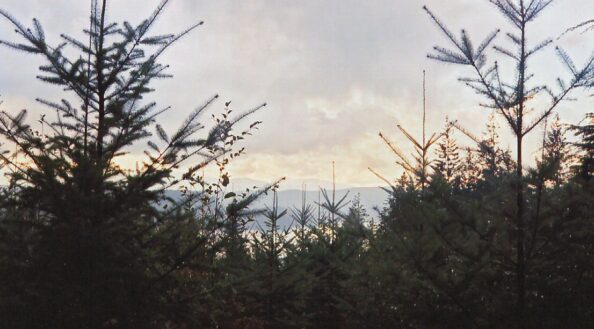 The fight to change the way B.C. manages its forests has been going on for a long time but you would not know it from the action on the ground. …I am writing to elaborate on the point Hammond makes in the Pique article “
The fight to change the way B.C. manages its forests has been going on for a long time but you would not know it from the action on the ground. …I am writing to elaborate on the point Hammond makes in the Pique article “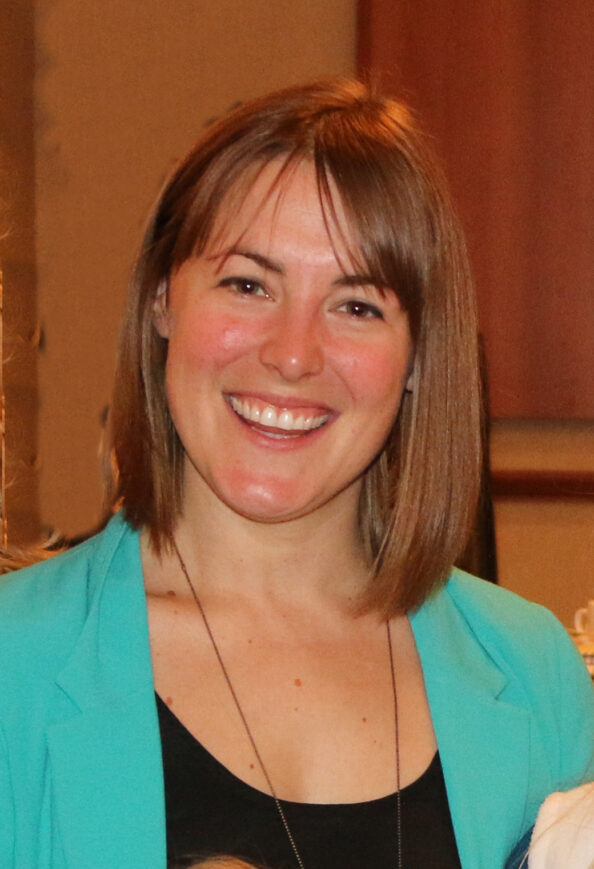

.png;w=960;h=640;bgcolor=000000)
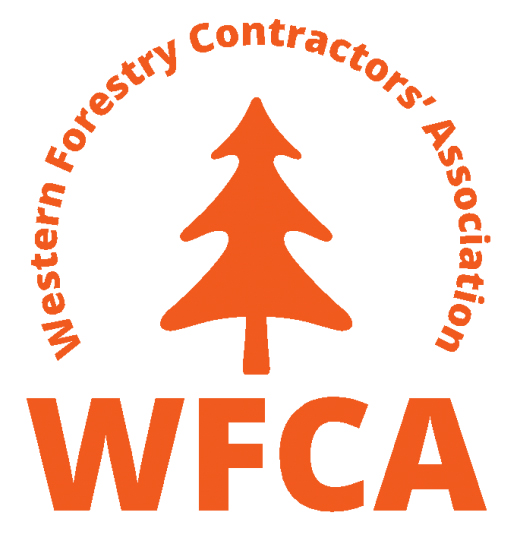 Planting crews in Alberta and British Columbia are now in the field, or just about to mobilize, as the spring seasonal reforestation campaign enters an interregnum between implementing pre-work preventative COVID measures and discovering if any virus has made it onto crews and into camps. Over 5000 workers in the two provinces are under heightened social distancing, cohort management, and COVID symptom monitoring protocols for at least two weeks. After that period crews in BC can expand their cohorts and resume more normal socializing provided they have remained virus-free and stay isolated from communities. Alberta is expected to allow similar relief to crews as talks between that province’s health authorities and the forest industry continue. …Northern Health had cause this week to close two companies operating jointly out of Quesnel when more than three workers tested positive for COVID. Read more for resource roads and new WorkSafeBC emergency response planning.
Planting crews in Alberta and British Columbia are now in the field, or just about to mobilize, as the spring seasonal reforestation campaign enters an interregnum between implementing pre-work preventative COVID measures and discovering if any virus has made it onto crews and into camps. Over 5000 workers in the two provinces are under heightened social distancing, cohort management, and COVID symptom monitoring protocols for at least two weeks. After that period crews in BC can expand their cohorts and resume more normal socializing provided they have remained virus-free and stay isolated from communities. Alberta is expected to allow similar relief to crews as talks between that province’s health authorities and the forest industry continue. …Northern Health had cause this week to close two companies operating jointly out of Quesnel when more than three workers tested positive for COVID. Read more for resource roads and new WorkSafeBC emergency response planning.
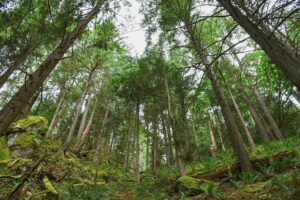 The Pacheedaht First Nation says the Capital Regional District should mind its own business when it comes to forest resources on their traditional territory. A motion led by Victoria Coun. Ben Isitt and supported by other directors recommending the CRD call on the province to protect old-growth stands in the Fairy Creek area near Port Renfrew didn’t get to a vote during Wednesday’s CRD board meeting. …Isitt said Thursday he changed the wording after the CRD received a terse letter from the Pacheedaht saying it did not welcome the “unsolicited interference or involvement” from the region’s governing body. He will introduce the new motion at the next meeting. …In its letter, the Pacheedaht said the nation “strongly urges the CRD board to … show an appropriate level of respect to the sovereignty and wishes of our Nation, respect our desire for self-determination and act appropriately by rejecting the proposed motion.”
The Pacheedaht First Nation says the Capital Regional District should mind its own business when it comes to forest resources on their traditional territory. A motion led by Victoria Coun. Ben Isitt and supported by other directors recommending the CRD call on the province to protect old-growth stands in the Fairy Creek area near Port Renfrew didn’t get to a vote during Wednesday’s CRD board meeting. …Isitt said Thursday he changed the wording after the CRD received a terse letter from the Pacheedaht saying it did not welcome the “unsolicited interference or involvement” from the region’s governing body. He will introduce the new motion at the next meeting. …In its letter, the Pacheedaht said the nation “strongly urges the CRD board to … show an appropriate level of respect to the sovereignty and wishes of our Nation, respect our desire for self-determination and act appropriately by rejecting the proposed motion.”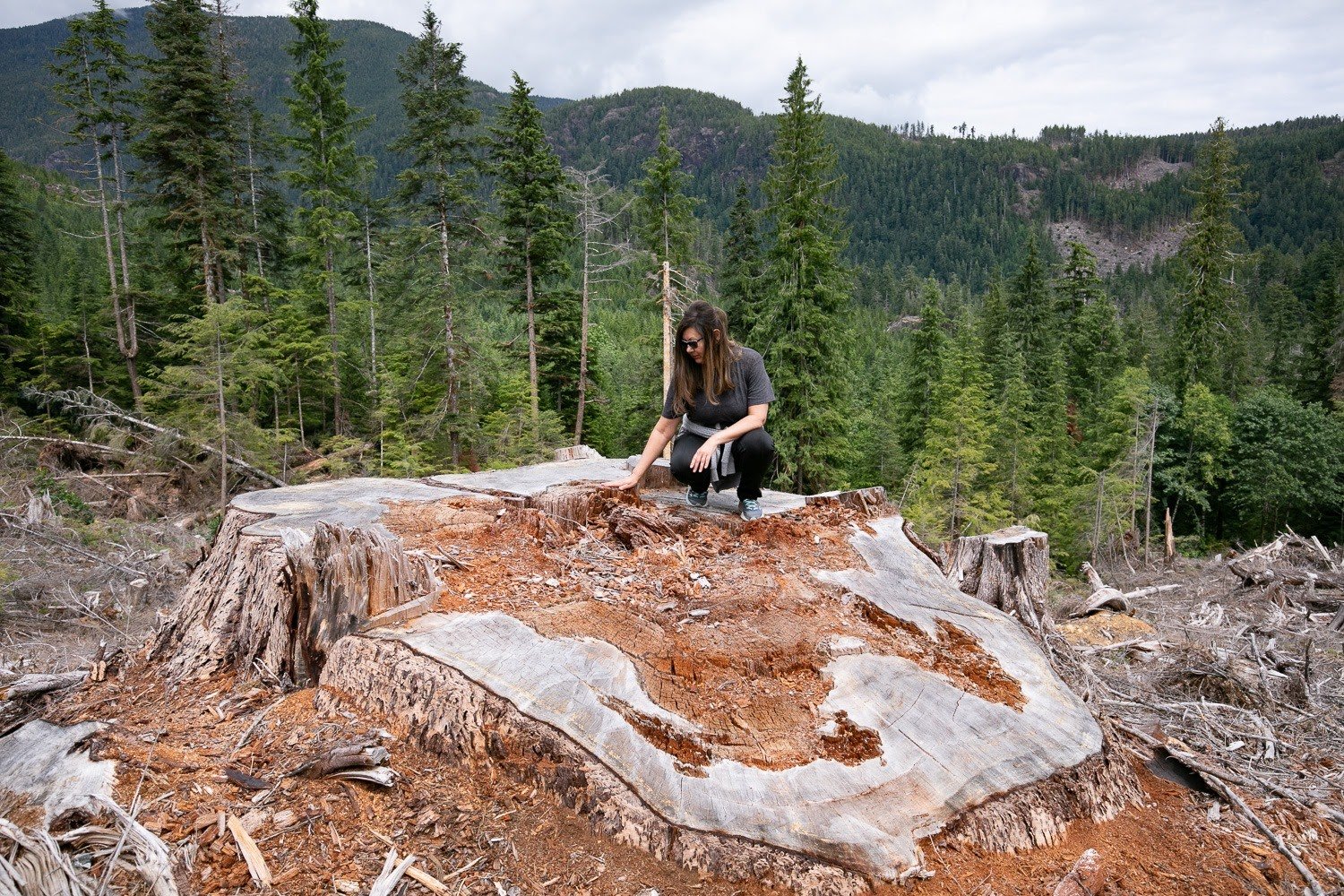

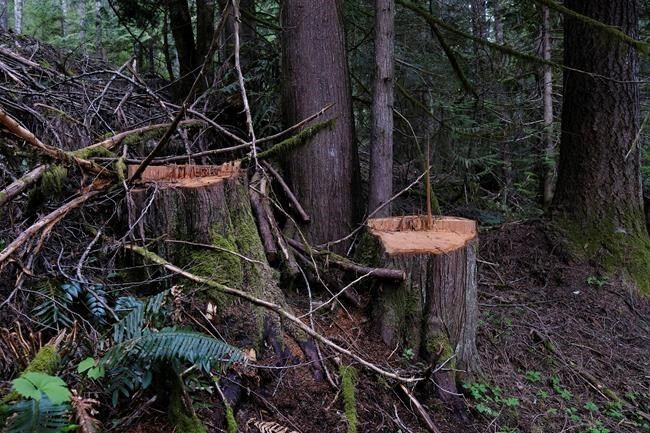
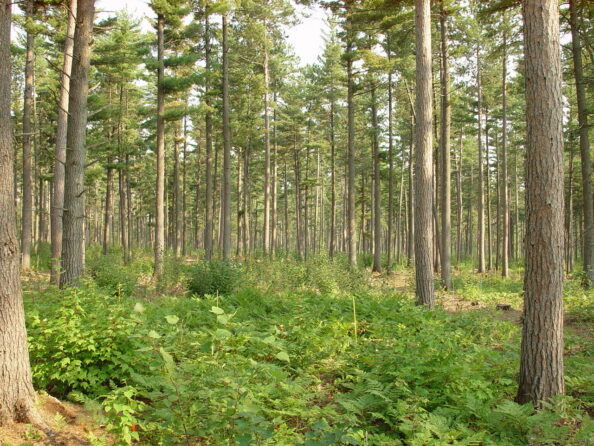 Hearings will begin Monday for three court challenges of the Ontario government’s contentious rewrite of environmental assessment rules. The Ford government passed the omnibus Bill 197 last July without public consultation, despite a warning from Ontario’s auditor general that doing so could be “not compliant” with the law. The suits, launched by a group of First Nations and two separate coalitions of environmentalists last summer, will be heard at the same time this week. …Bill 197, which the Ford government said was aimed at kick-starting Ontario’s economic recovery from COVID-19, tweaked 20 different pieces of legislation, including the changes to environmental assessments. Critics said the changes to environmental assessments amounted to a significant rollback of environmental protections. …The government posted notices on the registry, but did not hold consultations about Bill 197 before passing it, writing a clause into the legislation that would retroactively exempt it from the requirement.
Hearings will begin Monday for three court challenges of the Ontario government’s contentious rewrite of environmental assessment rules. The Ford government passed the omnibus Bill 197 last July without public consultation, despite a warning from Ontario’s auditor general that doing so could be “not compliant” with the law. The suits, launched by a group of First Nations and two separate coalitions of environmentalists last summer, will be heard at the same time this week. …Bill 197, which the Ford government said was aimed at kick-starting Ontario’s economic recovery from COVID-19, tweaked 20 different pieces of legislation, including the changes to environmental assessments. Critics said the changes to environmental assessments amounted to a significant rollback of environmental protections. …The government posted notices on the registry, but did not hold consultations about Bill 197 before passing it, writing a clause into the legislation that would retroactively exempt it from the requirement.

